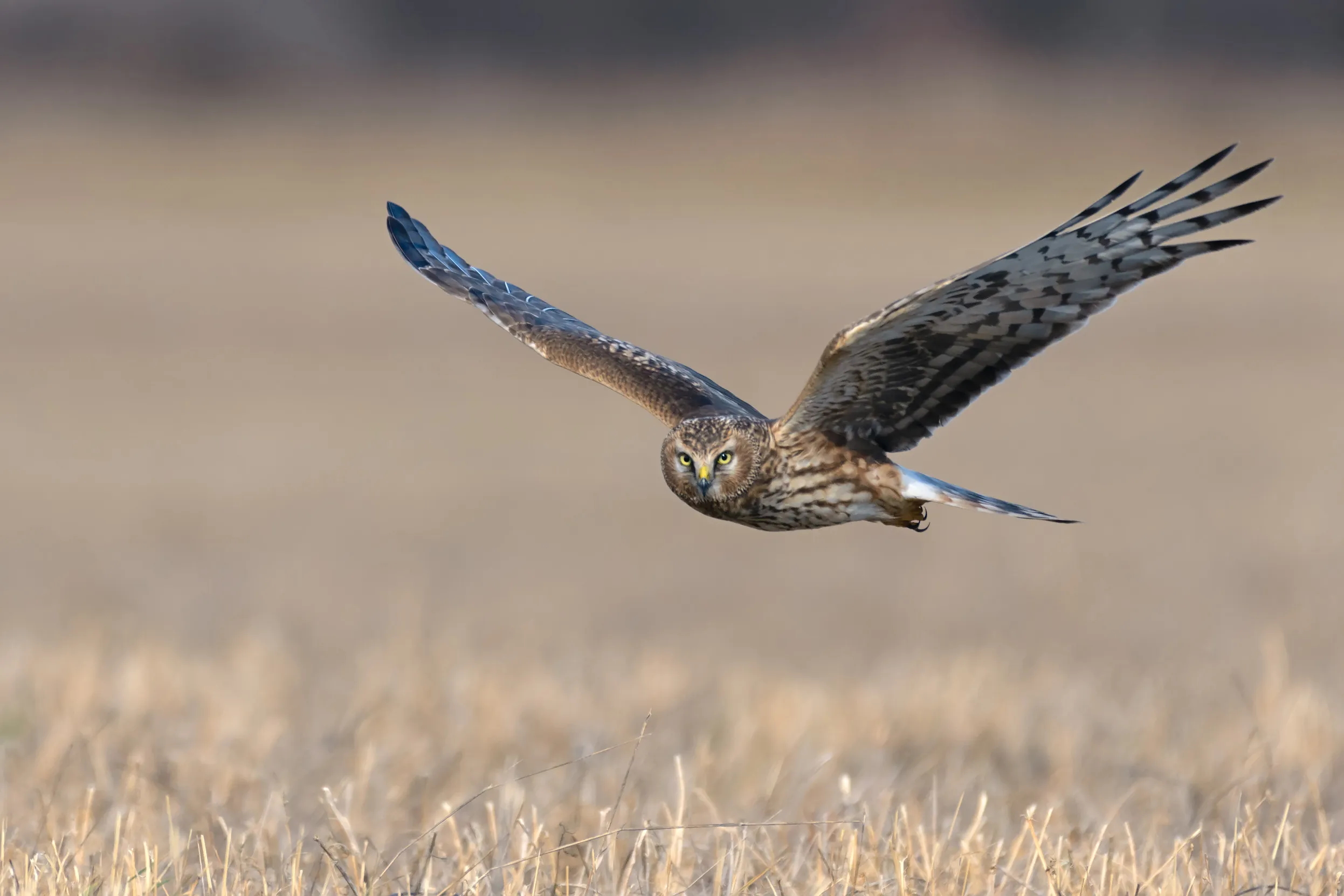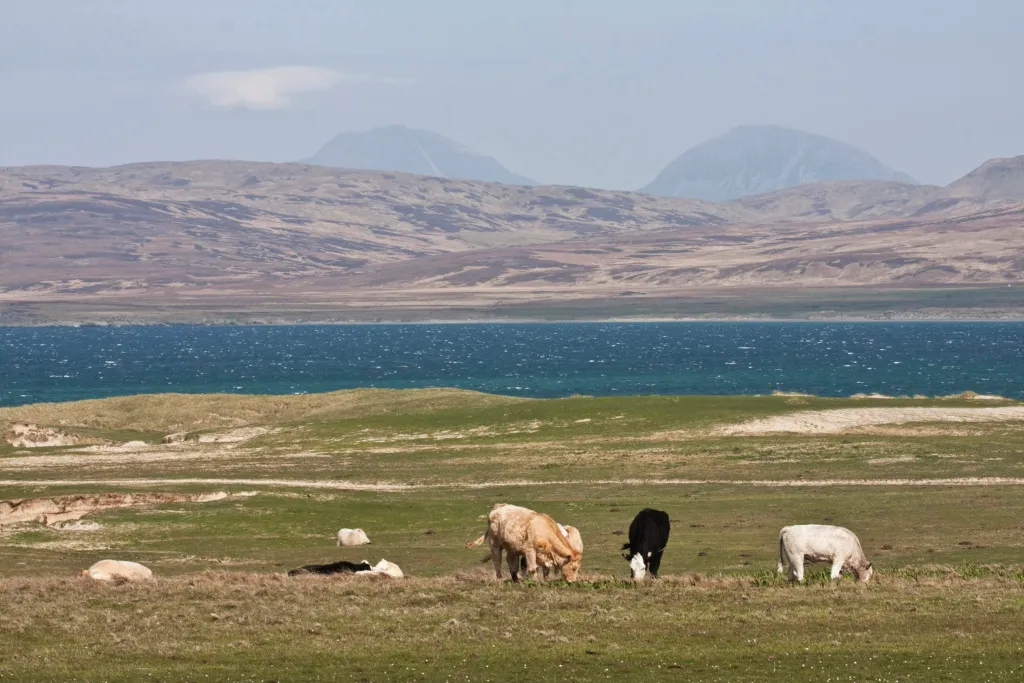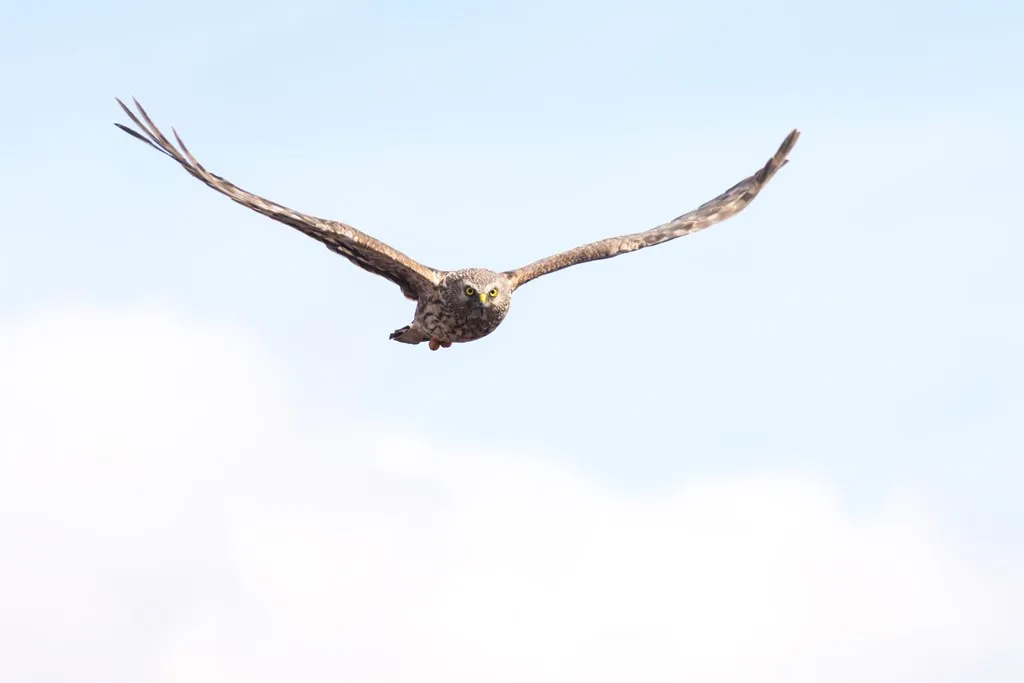Advice
Tribute funds
A Tribute Fund is a place to commemorate a loved one’s life. It’s somewhere family and friends can share stories, photos...
Hen Harriers are one of the most threatened birds of prey in the UK, but they do have some remaining strongholds. Use our guide to help you discover the best paces to visit if you want to see them.

Start with your binoculars, a pair of sturdy walking boots and a flask of something hot, as it can get cold out in the hills! Then head out into the moors and keep your eyes on the skies. In spring and summer, Hen Harriers are often found in the moors but in winter, they can also be found on lowland farmland, heathland, coastal marshes, fenland and river valleys.
We ask that if you do plan to visit these areas, please stay on the tracks and footpaths to avoid disturbing these vulnerable birds. Remember, Hen Harriers are specially protected byl aw and should not be disturbed.
The combination of an abundance of small mammals plus the shelter of grazed heather peatland means that Hen Harriers thrive on the Orkney. In fact, while the rest of the UK’s breeding Hen Harrier population saw a decline of around 9% between 2010 and 2016, Orkney’s Hen Harrier population saw an increase. Head to Cottascarth and Rendall Moss or Birsay Moors reserves for a chance to spot a Hen Harrier from one of our hides. Ask our RSPB staff if you want them to show you the best places.

Our Loch Gruinart reserve is a key habitat for breeding hen harriers because of the extensive heather moorland within the reserve. The edges of the ancient woodland provide a home for small mammals such as field voles, the favoured prey of our hen harriers. Take the Moorand trail through the woodland which opens out into moorland hills where Hen Harriers can be seen on the hunt.

Arran is home to some of our rarest birds of prey. Hen Harriers can be seen flying over vast areas of blanket bog and hunting in upland grassland. Heather moorland provides a nesting area for females to raise chicks. The male’s unique skydance and food pass behaviour is a sight to behold in the spring.

The Forest of Bowland Area of Natural Outstanding Beauty (AONB) has seen its Hen Harriers make a remarkable recovery in recent years. In 2019, 22 chicks fledged from five nests on the and owned by United Utilities.
Steeped in history and natural beauty, the 312 square miles of countryside offer expanses of habitat for hen harriers and other birds of prey. We’ve been working in partnership with United Utilities for many years and their low-intensity model of managing the and has worked wonders.
Boasting a huge diversity of wild birds and natural features, the Isle of Man is one of the best places to see Hen Harriers. To find them, head to the hills surrounding the island’s only mountain, Snaefell.
